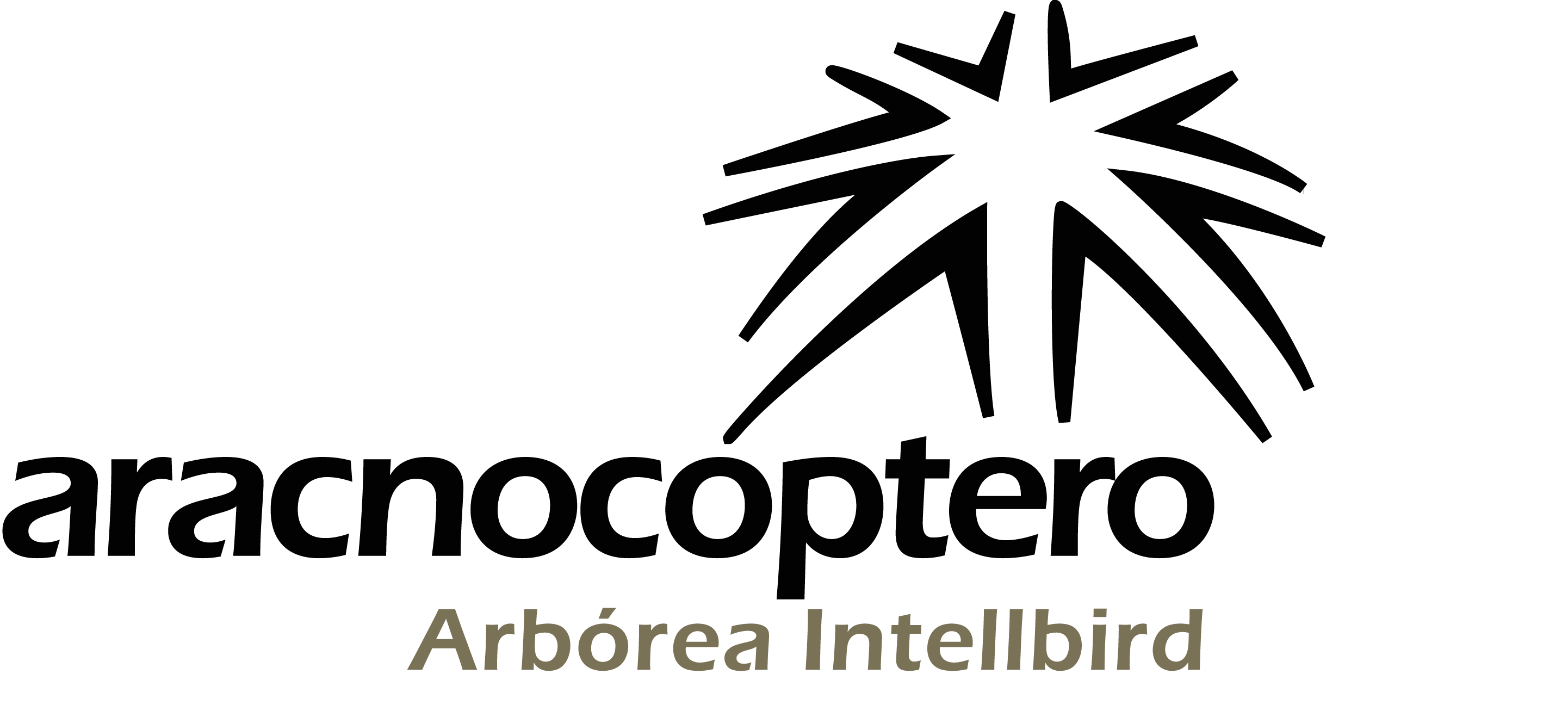Maintenance with drones. “Spain is called to be a leader of the technological revolution”
31 Oct 2022

In an interview with Energía Estratégica España, the CEO of Arbórea Intellbird, creators of the Aracnocóptero, explains in detail how this system works, which saves OPEX costs, provides security and sustainability to asset management. In addition, he comments on the challenges posed by the advancement of offshore wind.
Spain is one of the global leaders in renewable energy production. Its productive capacity in each link of the technology value chain generates great opportunities and demands important challenges.
In an interview with Energía Estratégica España, Carlos Bernabéu, CEO of Arbórea Intellbird, comments on one of the main technological advances in the area of control and maintenance of electricity generation parks: the Aracnocóptero.
This is a drone that scans the state of the facilities and provides a series of data that is recorded in the software also developed by the company for a detailed analysis of each piece of equipment.
Thanks to an inventory of digital twins, it is possible to detect faults and act accordingly quickly, increasing the useful life of wind turbines and solar panels.
For its part, Arbórea Intellbird provides a full service of professional authoring, technical advice and support. These solutions save OPEX costs, bring security and sustainability to asset management.
It operates throughout Europe, America and some areas of Asia such as Japan.
What are the most demanded solutions of the company by the renewable energy sector?
The company’s solutions are specially designed and developed for the renewable industry, so they all respond to the demands of the sector.
For more than 10 years we have been developing both the specific hardware for the predictive digital analysis of energy structures (wind, photovoltaic, power lines) and the associated inspection software.
However, the main asset for the operation and maintenance departments is our experience.
The differential value provided by our high-quality technical inspections, carried out by professionals specialized in defectology, together with the advanced software that we have grown over all these years, generates an evaluation criterion that represents millionaire savings on the fleet budgets of our clients. .
How is the aracnocóptero born and evolves?
The Aracnocóptero project began its journey in 2008 as a pioneering support for environmental management, in 2009 it took off for the first time for this purpose.
After identifying its great potential in the wind sector, through a detailed study of the operation, it flies over wind turbines for the first time in 2011, at the same time as the beginnings of the current inspection software.
Our company has pioneered critical concepts such as deferred asset inspection (over digital twins), UAV aerial thermography, predictive maintenance of wind turbine blades, automated inspection missions over power lines, digital traffic management of drones in airspace, or the training of civil UAS pilots.
What are the main challenges that still remain to be overcome in the maintenance of wind farms?
As a key part of the life cycle of wind turbines, we identified the need for highly trained personnel to correctly evaluate the investment in maintenance.
Our experience shows us that it is fundamental to understand the damage, how they are related to each other and, above all, if they are going to evolve or not, how and in what time.
We are committed to applying predictive maintenance so that our clients never have to take major corrective actions that could sink the profitability of their assets.
What is deferred inspection and deferred twins?
We are aware of the difficulty that this entails and that is why we invented the concept of deferred inspection, which consists of taking all the data from a wind turbine (external and internal) regardless of its location, generating a digital twin of it and analyzing it in our center. processing specialist.
This allows the scalability of the knowledge and experience of our inspectors, taking our knowledge to any country in the world, whether or not they have specialized inspection personnel.
How does the aracnocóptero help these needs?
The Aracnocóptero is our registered trademark that is made up of a line of robotic solutions such as AGV, UAS, as well as specialized inspection, management and evaluation software.
The Aracnocóptero platform used for inspection of wind turbines provides differential value due to its ability to perform multispectral imaging that includes aerial passive thermography.
This deep inspection allows us to evaluate the external defects of the blade (cracks, wear, erosion, etc.) associated with the structural state of the blade.
The procedure allows the information of digital twins of each blade to be overlapped (RGB, thermal and computerized spectrum) to achieve an evaluation of extreme reliability.
This type of thermography has been validated against factory thermography by the world’s largest manufacturer.
In addition, Aracnocóptero provides information in a different way from the usual reports, with its own platform where you can find the digital twins of each blade, damage assessment, maintenance recommendations, as well as business intelligence tools.
What is the demand for this type of device?
The current demand is for solutions that allow accurate decisions to be made, keeping the assets in operation with the highest performance at the lowest cost and that is something that our clients guarantee with the use of our solutions campaign after campaign.
This was revealed by Iberdrola, our oldest client, in his panel published in the latest Wind Europe Spain.
Do you think it is an opportunity for the sector?
At Arbórea we believe that any sector, especially that related to technology, taking into account its rapid advances, must be supported by quality training, reinforcing learning that allows transfer and incorporation into the labor market.
Of course, we encourage the expansion or creation of training that reinforces the capacities of the technical personnel of renewable installations, since they are strategic at a global level.
Offshore wind is a new frontier and it is complex. The sea is relentless with the structures that are located in it and maintenance becomes much more complex.
Arbórea is committed to the complete automation of the operation and maintenance of infrastructures in the marine environment, although all the developments are still in the experimental phase, as are the parks.
There is still a long way to go in the offshore sector, since only one transfer of the team from land to sea was made.
Is Spain called to be a leader in these advances?
We are going through a moment of technological evolution as was the space conquest dispute between the blocks before.
Undoubtedly, today, Spain’s knowledge of the naval sector and experience in wind power are key factors in making it a major player in technological evolution.
However, greater legislative and financial incentives are needed to facilitate the work.
Source: Energía Estratégica España


